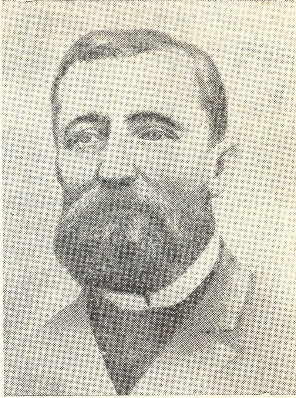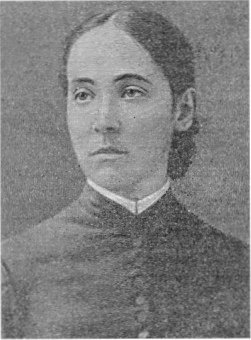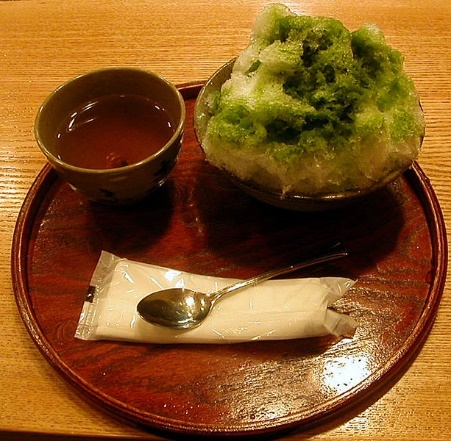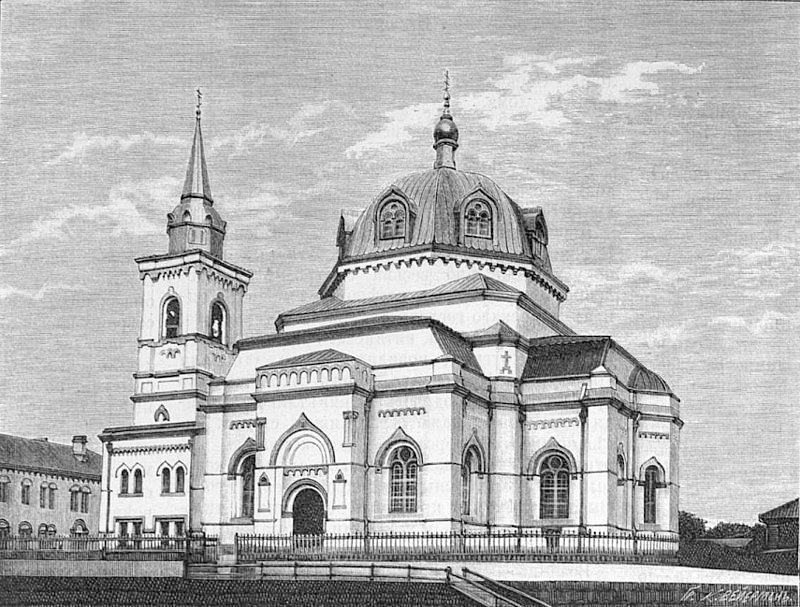
Social Relations
Russian Socialists in Japan
Activities
The first important person Piłsudski met in Japan, in the port city of Kobe, was Nikolai K. Russel (actually Sudzilovsky, 1850-1930), a refugee from Russia to the United States and an extremely colorful figure. Educated as a doctor, Sudzilovsky studied in London and Bucharest, where he began using the name Nicholas Russel, and developed revolutionary activities. For a while he was active in Bulgaria and Romania (in the Ottoman Empire), and after fleeing to the USA, where he became naturalized, he settled in Hawaii. There he founded a political party with an independence-socialist profile. He became a senator and even served as a speaker of the Senate, using a Haitian name Kauka Lukini.
Russel was sent to Japan in 1905 by the Socialist Revolutionary Party (the so-called “Esers”) to carry out revolutionary agitation among over 72,000 Russian prisoners of war held in camps in Japan. Among them were also Poles, in relation to whom not only Russian revolutionaries, but also Polish activists expressed political interest. Russel even obtained permission from the Japanese minister of army to visit and talk directly with Russian and Polish prisoners of war – with the latter mainly in Matsuyama on Shikoku.

A year earlier (in June and July 1904), Roman Dmowski and Józef Piłsudski went to Japan with two separately prepared missions. James Douglas, a Ukrainian-born Scotsman, who worked for the Polish Socialist Party under the guise of a correspondent for the Lviv newspaper “Słowo Polskie”, which was close to the National Democracy, met with them both and helped them move around Tokyo. While Józef was on a mission in Tokyo, Bronisław covered more versts in Sakhalin, this time surveying the communities living in the Nivkh (formerly called Gilyak) villages of central and northern Sakhalin.
Probably knowing nothing beforehand about his younger brother’s mission, Bronisław arrived in Japan in October 1905, and it was James Douglas who suggested Russel that he should use Bronisław Piłsudski’s help in his work with Polish prisoners of war, and Russel accepted the idea. So Bronisław stayed at Russel’s home in Kobe. From the beginning, he was helping Russel publish the newspaper “Japoniya i Rossiya” for Russian prisoners of war; then they briefly parted ways when Russel moved to Nagasaki and Piłsudski returned to Vladivostok and Sakhalin for a month, before finally deciding to travel back home via America.
While still in Kobe, Piłsudski met with two important figures in the Russian revolutionary movement, Mikhail N. Trigoni and Ludmila A. Volkenstein.


Mikhail Trigoni, who came from an aristocratic military family and was a lawyer by education, was a prominent figure among the “Narodniks,” and was sentenced to hard labor in 1884 for his involvement in the planned assassination of Tsar Alexander II. He first served his sentence in Shlisselburg and from 1902 – in Sakhalin. There he joined the community of exile-revolutionaries and after a brief exile in Japan, he returned to Russia, specifically to Crimea. By the way, Piłsudski met Trigoni when the latter worked as a librarian at Rykovskiy, during his deportation.
Ludmila A. Volkenstein, on the other hand, was a remarkable woman who came from a clerical and aristocratic family; Piłsudski met Volkenstein in Vladivostok where he worked as a curator at the museum. Convicted for participating in the revolutionary movement, she was imprisoned for 13 years in the Shlisselburg fortress before being deported to Sakhalin, where she was joined by her husband, an epidemiologist. The two soon began working at the clinics of Korsakovo and Alexandrovsk, and then moved to Vladivostok. It was there that they became Piłsudski’s acquaintances.
In January 1906, Piłsudski met Ludmila in Kobe and this was their last meeting; she told him that she had come to Japan to breathe a little free air, for a short time. Indeed, about several days later in Vladivostok, where she returned, Ludmila Volkenstein was killed by a Cossack bullet during the riots of the so-called “Bloody Sunday” on 23 January.
Still in January, Piłsudski went from Cobe to Tokyo. He intended to stay in Japan for a short time, but it turned out that the stay was significantly extended. Shortly after his arrival, the daily newspaper “Asahi Shinbun” published a notice about his arrival, titled “Russian Anthropologist,” which indicated that Piłsudski intended to stay in Japan for a month and then return to Sakhalin. However, these plans were changed.




